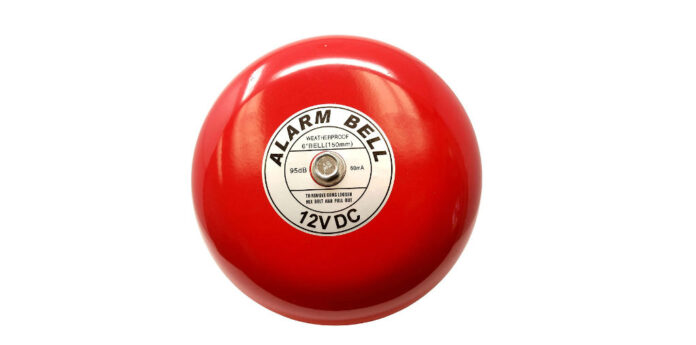There will come a time, maybe even in the next few days, when at least some of our top newsroom leaders will acknowledge the growing mountain of evidence before them and reach the obvious conclusion that Donald Trump’s actions have precipitated a full-fledged constitutional crisis.
They will recognize that through his unconstitutional executive orders, his rampant law-breaking, and (new!) his defiance of court orders, he is acting as if he alone is the government. And they will see how the other branches are either unwilling or unable to restrain him.
Assuming they are not immediately fired by their corporate bosses for insubordination, they will then call a staff meeting or send out a memo, to share their conclusion.
But what then? What will those newsrooms start to do differently?
I hope our top journalists have thought this through already, but I fear they have not.
As it happens, I have some ideas.
The first essential step is to fully and intentionally go into crisis mode. That means constant, round-the-clock, top-of-the-homepage coverage until the crisis is resolved.
Oliver Darcy, in his media newsletter Status, did a marvelous job last week of describing what the media’s response to Trump’s actions should be. “Think about how it covers natural disasters and terror attacks,” he wrote. “It’s time to break out those six-column front page headlines and interrupt regular programming with special broadcast news reports.”
Crisis coverage requires clarity and focus: During a crisis, you don’t argue about whether there is a crisis or not. You focus on getting through it.
Crisis coverage also requires a dramatic change in language. No more euphemisms and passive voice. It’s time for strong words and active verbs.
It requires authoritative reporting. No splitting the difference between two sources when one of them is misinformed or deliberately misleading. Accurate information is essential in a crisis.
It requires big-picture thinking: What are the consequences of this crisis? Who will it affect and how?
It requires profiles of the victims.
It calls for regular assessments of the response. Who’s helping? Who’s hurting? Who’s proposing solutions? Whose ideas are just making it worse?
It requires digging into the motives of the people who are making it worse.
And this is minor, but it necessitates calling things by their name: Bold rubrics like “Democracy in Crisis” or “America Under Siege” — not “Trump Administration.”
Identifying something as a crisis is the opposite of accepting it as the new normal — and that’s entirely the point. This can’t become the new normal. Our democracy won’t survive.
